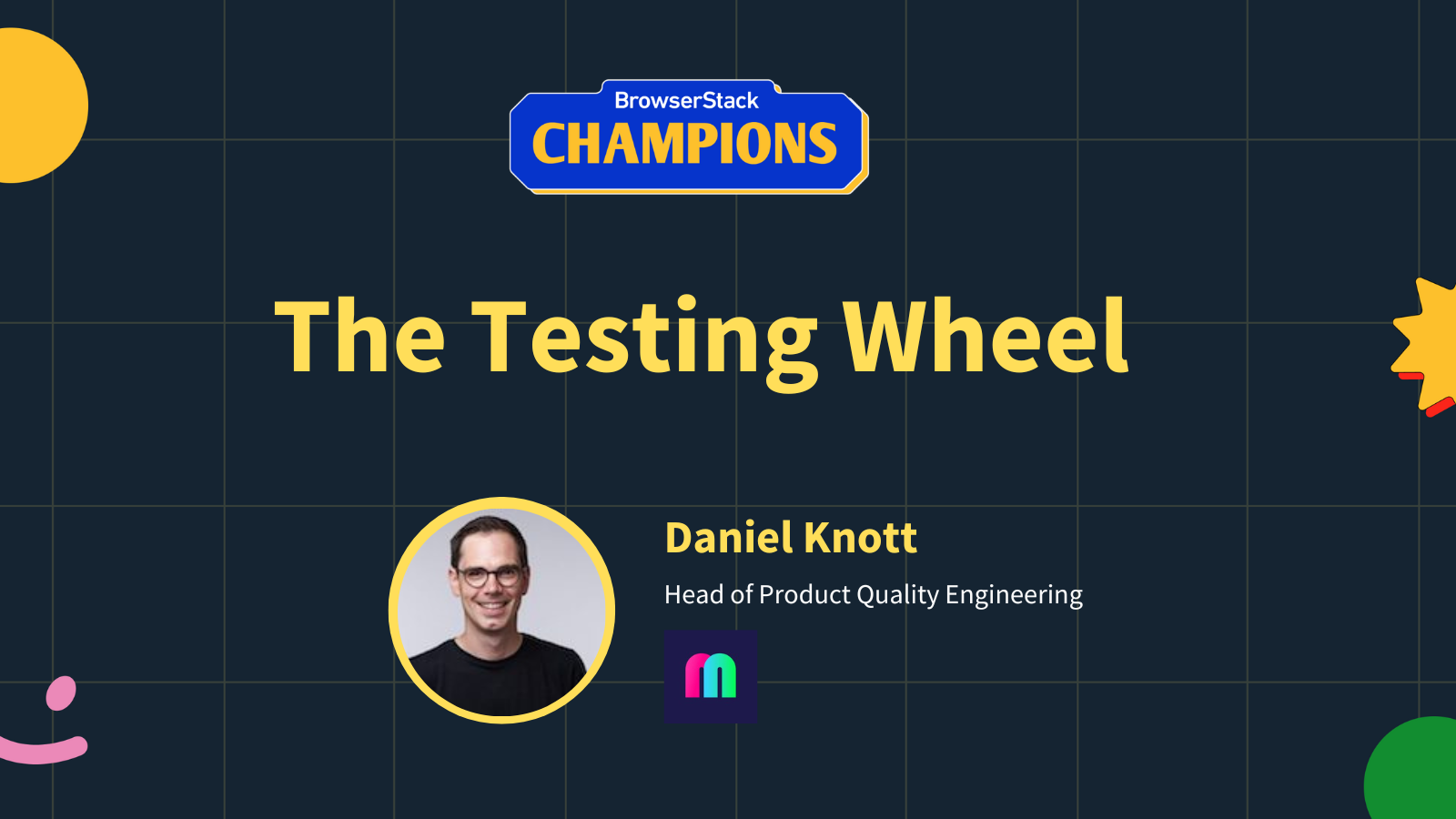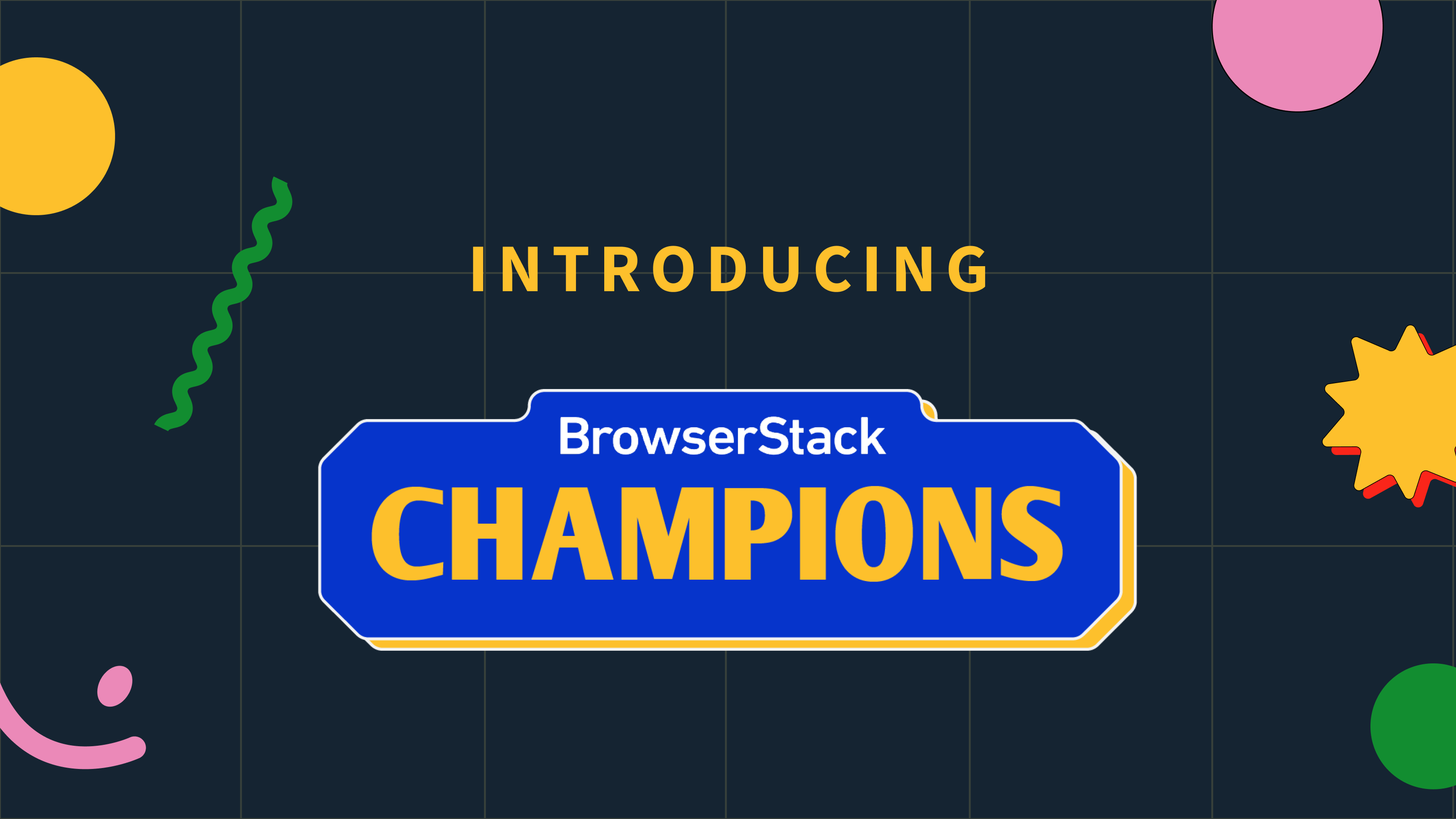
When was the last time you gave or received any career advice? Think about it for a moment.
If you are lucky, you received at least one career advice in the last few months. If not, this article might be the right starting point for you to give or ask for career advice to take the next step.
Leading a software testing team of individual people with different skills and mindsets is a challenging task. This task should never be underestimated, if you are a people manager, you must develop, guide and coach your people. If you are not doing it, you will have many problems. For example, people will not develop the right skills for future roles and responsibilities. Since the technology market is constantly changing, lifelong learning is important, and leaders must support this.
Another problem will be that your direct reports will not feel in the right job. Especially young talents want guidance and advice from established leaders to learn from them. If you are not supporting this motivation, your most talented people will leave your team or the company. And searching for new talent is much more time-consuming than supporting and growing existing talents.
Therefore, modern leaders must support, help, guide, and coach the team members to grow their skill set to become better testers.
But as I mentioned already, working with and for people is hard. We are all individual human beings with different skill sets and levels as well as different interests. There is not a single solution for developing your direct reports. It’s highly individual. You must take the time for each one in your team to find the right next steps.
When I was working with my teammates in the past, it wasn’t always easy for them and for me to find the right topics to talk about that helped the team member grow. For some, it was hard to identify their weak spots in the field of testing when working day in and day out on projects. And for some, it was clear where they wanted to go, but they were struggling with their daily tasks.
I never liked this feeling and moments of uncertainty, so I started some research.
The Testing Wheel
The first time I got in touch with the so-called wheel was when I was reading the book STRONG Product People by Petra Wille. In the book, Petra described the product management wheel (PM Wheel) and how it helped her to support product managers in getting better in various aspects of their role. I directly thought this was perfect for me and I need to adapt it for my testing teams and department. So, I took some time and derived the testing wheel.
The testing wheel consists of eight categories:
- Understand the Project need
- Testing Essentials
- Test Automation
- Get it Done
- Listen & Learn
- Testing Team
- Personal Growth
- Agile
Each category describes a field of interest or a field of potential growth. Depending on your company, team or project the fields can be adapted. You can also add more sections to the wheel. Be creative with it!
On a scale from 0 – 7, the team member, as well as the team leader, will rank the current skill set of the team member. It’s important to fill out the testing wheel separately to not influence the other person. It’s also important to take enough time to explain the different categories and to map them to the current work or project.
Once both have finished the diagram, the two separate diagrams will then be mapped into one diagram.
The mapping highlights the different standpoints of each category. In the best case, there are areas where the team leader and the team member are not on the same page because this leads to great discussions about potential next career steps or growth potential.
The Testing Wheel Video & Template
I really like the way the testing wheel triggers discussions and helps the team leader as well as the team member to get better in the different areas mentioned in the wheel. The nice thing about the wheel is that it is flexible in terms of the number of areas and categories. Depending on your team members or company the testing wheel can look different and can/ should be adapted.
In my YouTube video, I am talking about the testing wheel, where I provide more information on each category.
If you want to try out the wheel, here is a PDF with the description of the categories, as well as a template of the testing wheel for you to use.
I would love to get some feedback from you about the testing wheel. Do you find it useful? Or do you see areas for improvement? In case you are using the wheel, let me know what you have changed in your team and how it helped you to develop your team members.
#HappyTesting


